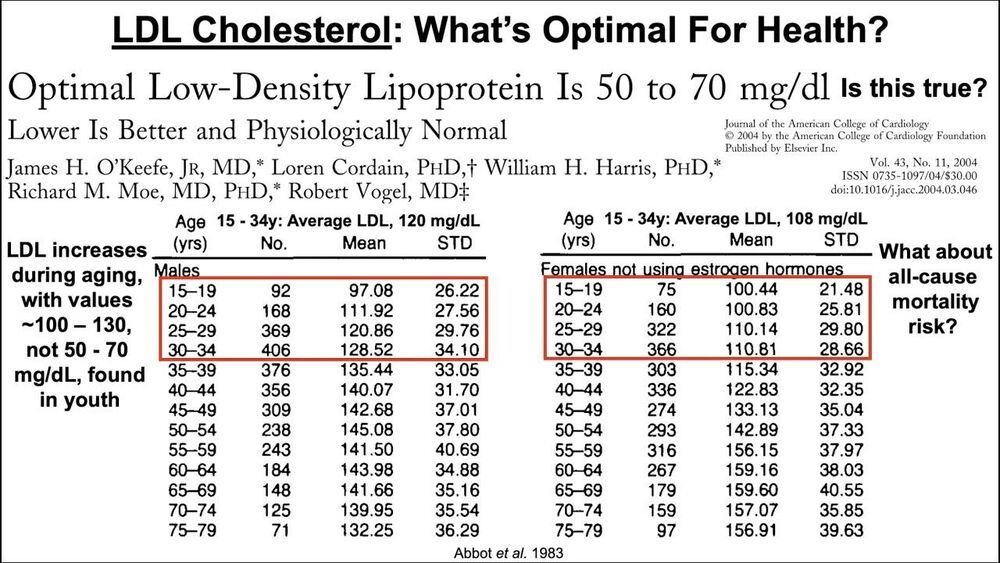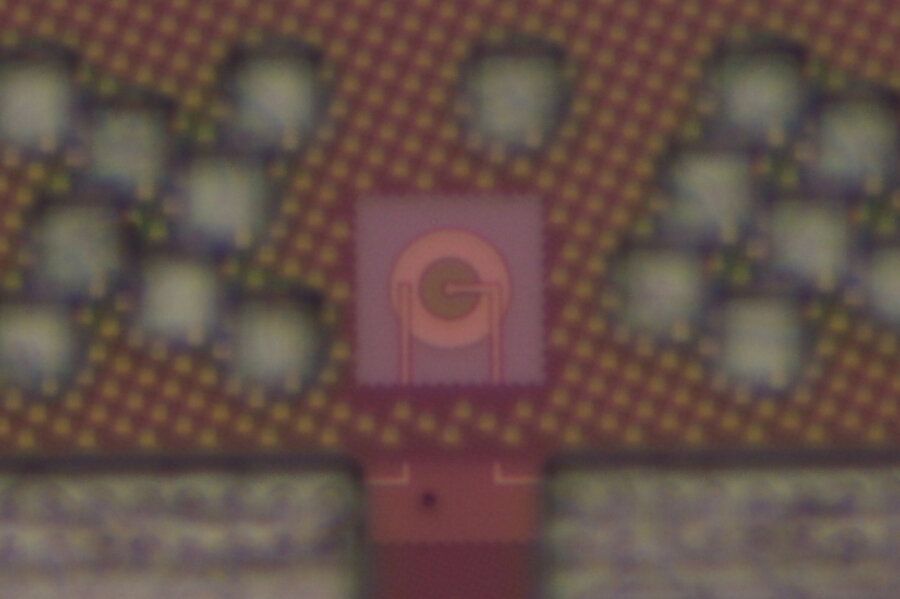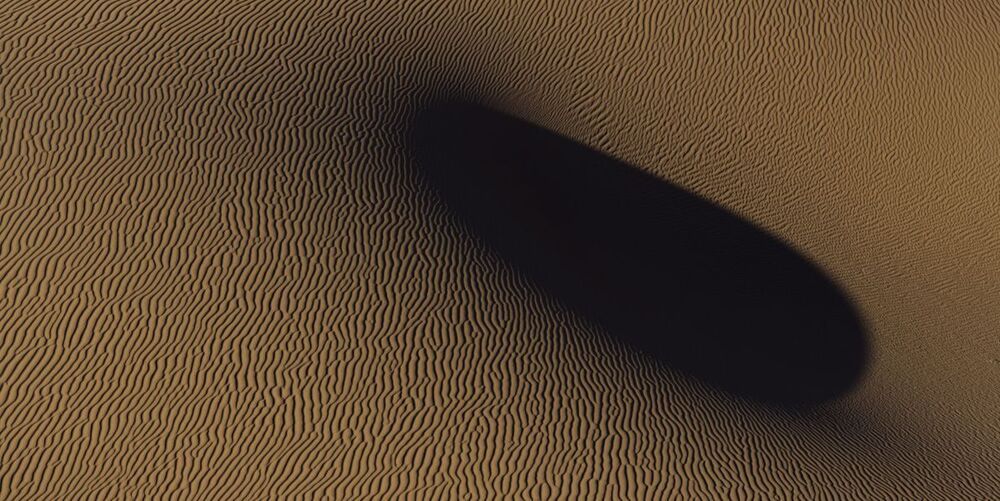Dec 15, 2020
LDL: What’s Optimal For Health And Longevity?
Posted by Mike Lustgarten in categories: biotech/medical, life extension
Here’s my latest video about arguably the most debated biomarker, LDL!
LDL is arguably the most debated biomarker in terms of what’s optimal for health. In the video, I present data showing that 100 — 140, not 50 — 70 mg/dL may be optimal in terms of minimizing disease risk and maximizing longevity.


















